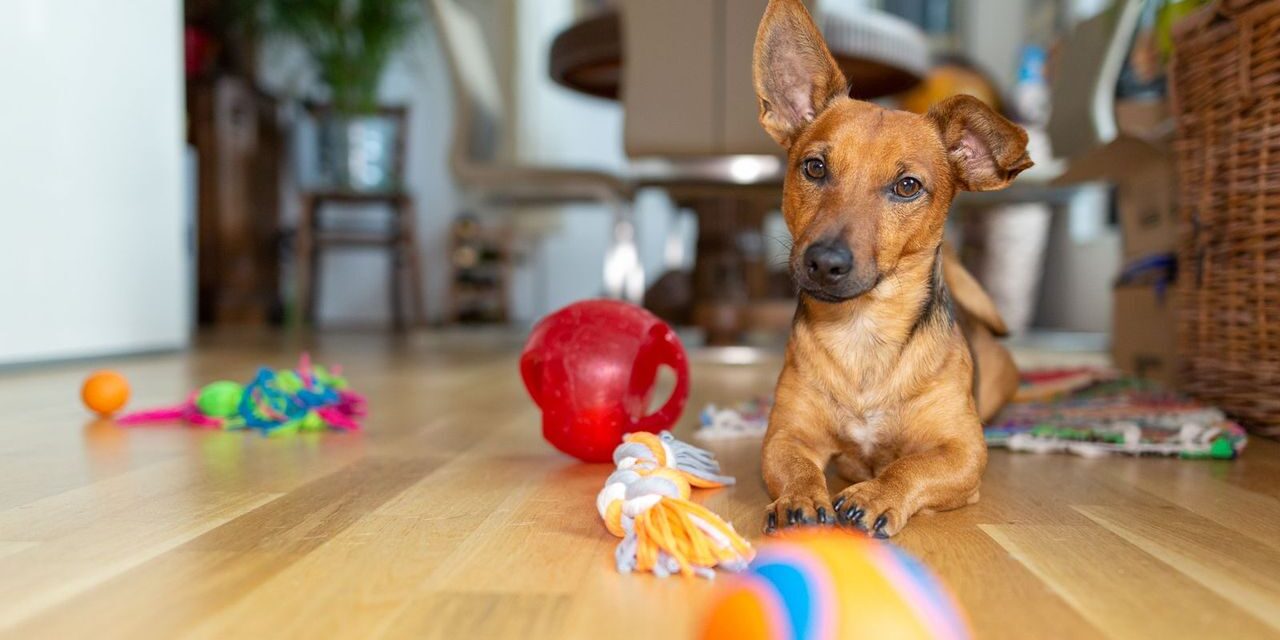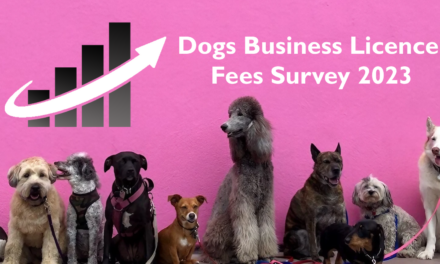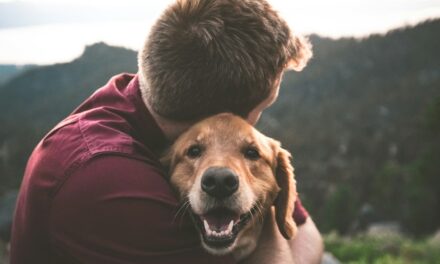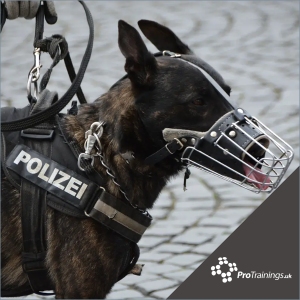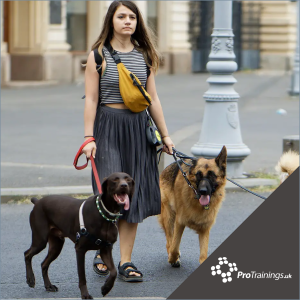Pet ownership is increasing globally, with more than half of the world now having a domesticated animal at home – and the need for pet product safety rises with it.
This trend is particularly notable in countries like China, where regulatory changes, falling birth rates, and growing affluence led to a 113% increase in pet ownership between 2014 and 2019. As the number of pets rises, so does the market for pet products. However, consumers are now more concerned about the safety of the products they purchase for their pets, according to testing, inspection, and certification company SGS.
Market Growth in Pet Products
The surge in pet ownership has resulted in a booming market for pet products. In the US, for example, expenditure on pet products has seen a significant increase. According to the American Pet Products Association, spending on pet products rose from USD 90.5 billion in 2018 to USD 147 billion in 2023, with a projected figure of USD 150.6 billion for 2024. Dogs and cats are the most commonly owned pets, with 65.1 million dogs and 46.5 million cats.
Millennials, born between 1981 and 1996, own the most pets (33%). This generation, often associated with a lower birth rate, is more likely to invest in pet products, contributing to the market’s growth. In many developed countries, this trend is expected to continue, with fewer children leading to more spending on pets.
Risks Posed by Substandard Pet Products
Substandard pet products can pose significant risks to pets. For example, a dog in the US had to have its tongue amputated after it became stuck in a toy ball, and in Germany, dog leashes were removed from sale due to excessive levels of chromium, which could cause allergic reactions. These products failed to meet EU REACH requirements.
The risks are not limited to pets. A dog leash was recalled for having metal components that could cut the owner’s hands, and a laser pen for cats was recalled in the UK due to the potential risk of eye damage to children.
Types of Hazards in Pet Products
There are various potential hazards associated with different types of pet products:
- Chew toys: May contain harmful levels of heavy metals (lead, cadmium) or be made from toxic materials (latex, rubber, vinyl).
- Soft toys: Could be made from indigestible cotton or contain a squeaker that might become a choking hazard.
- Pet foods: Might contain Salmonella.
- Beds: Can be flammable.
- Clothing zippers: Could snag the animal’s skin.
- Feeding bowls: Might cut the animal or migrate harmful chemicals.
As pet ownership continues to rise, ensuring the safety of pet products is crucial. Regulatory bodies and manufacturers must work together to guarantee that products on the market do not pose any risk to pets or their owners.
With pet ownership on the rise, the demand for safe pet products is also growing. The market for pet products is booming, driven by changing demographics and an increasing awareness of the benefits of pet ownership. However, substandard products pose significant risks. Ensuring the safety of pet products is essential to protect both pets and their owners.
